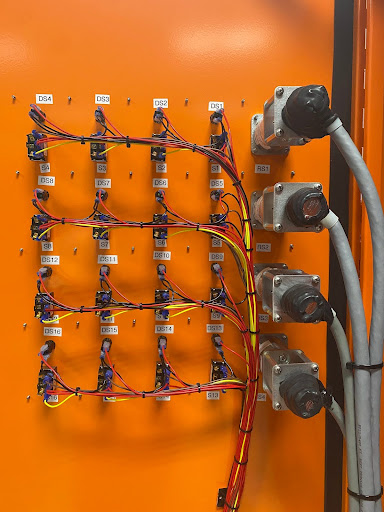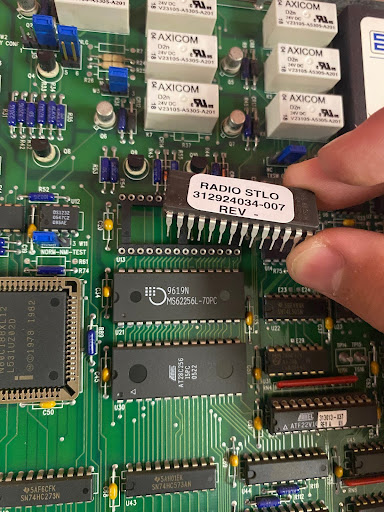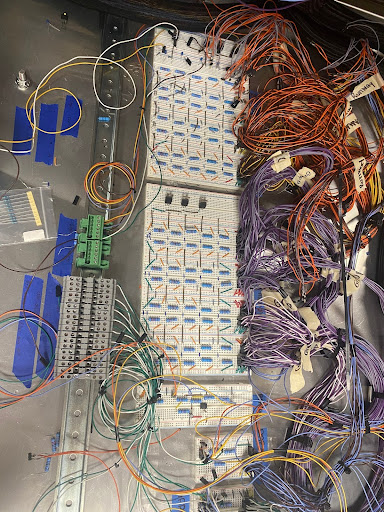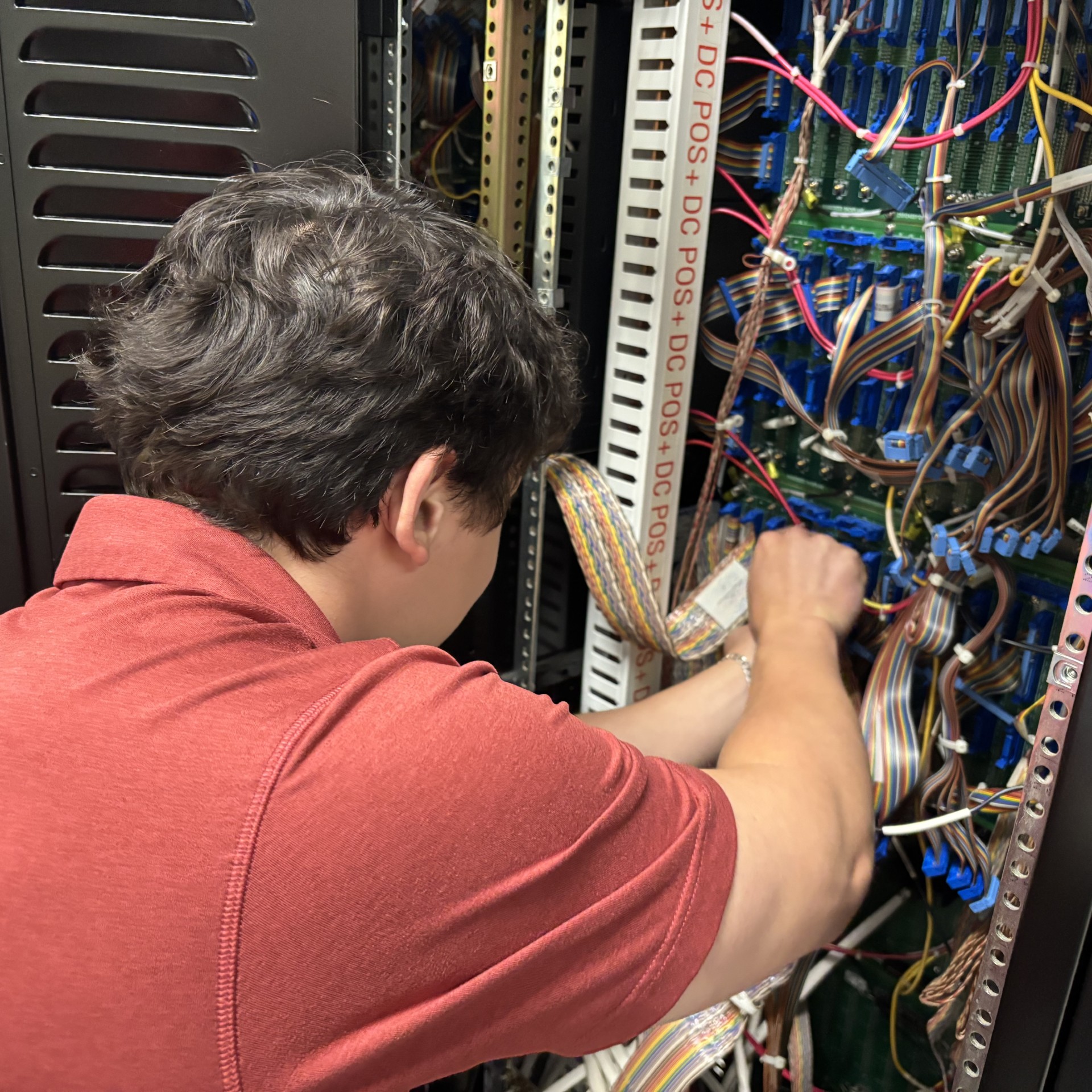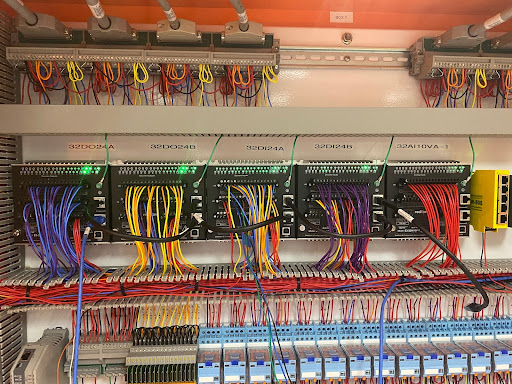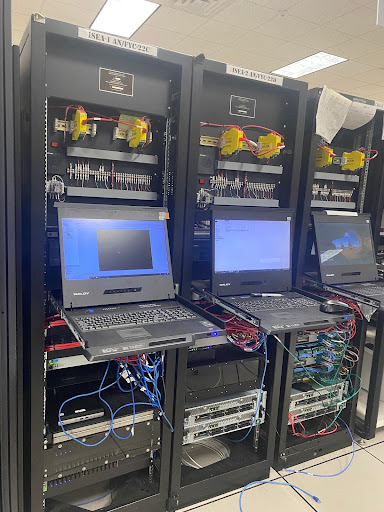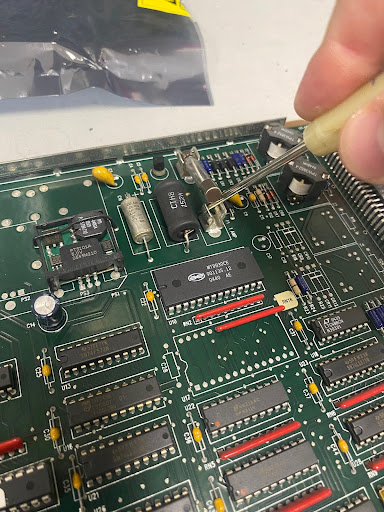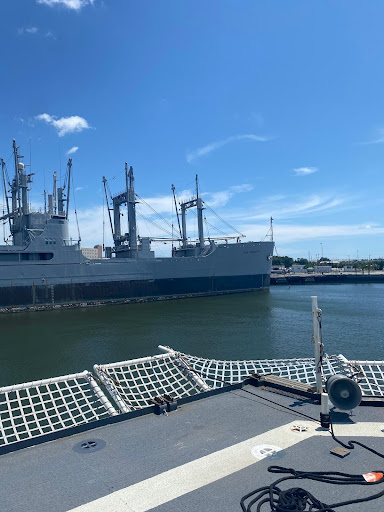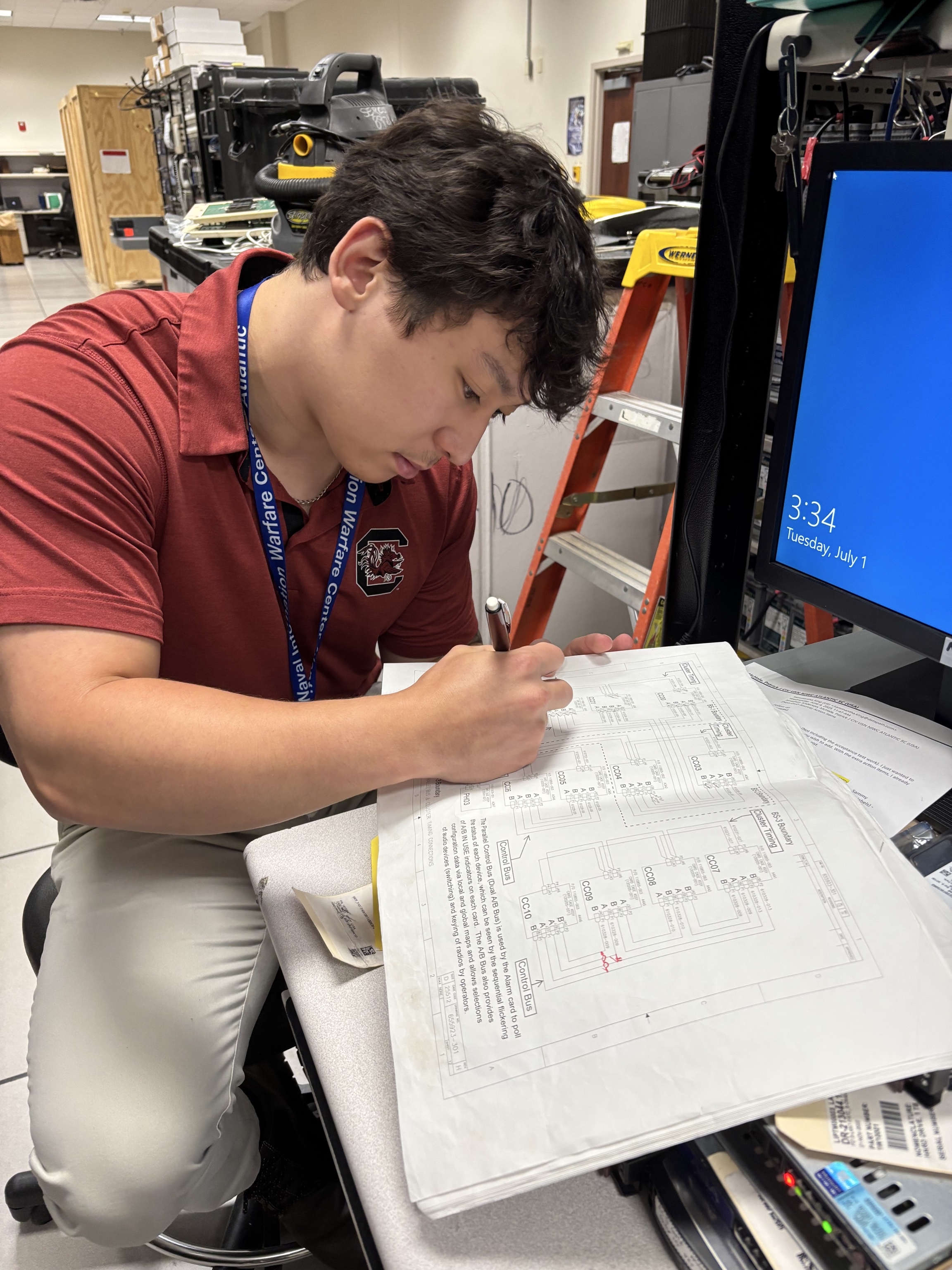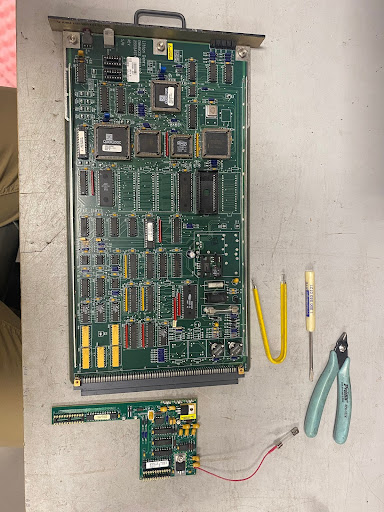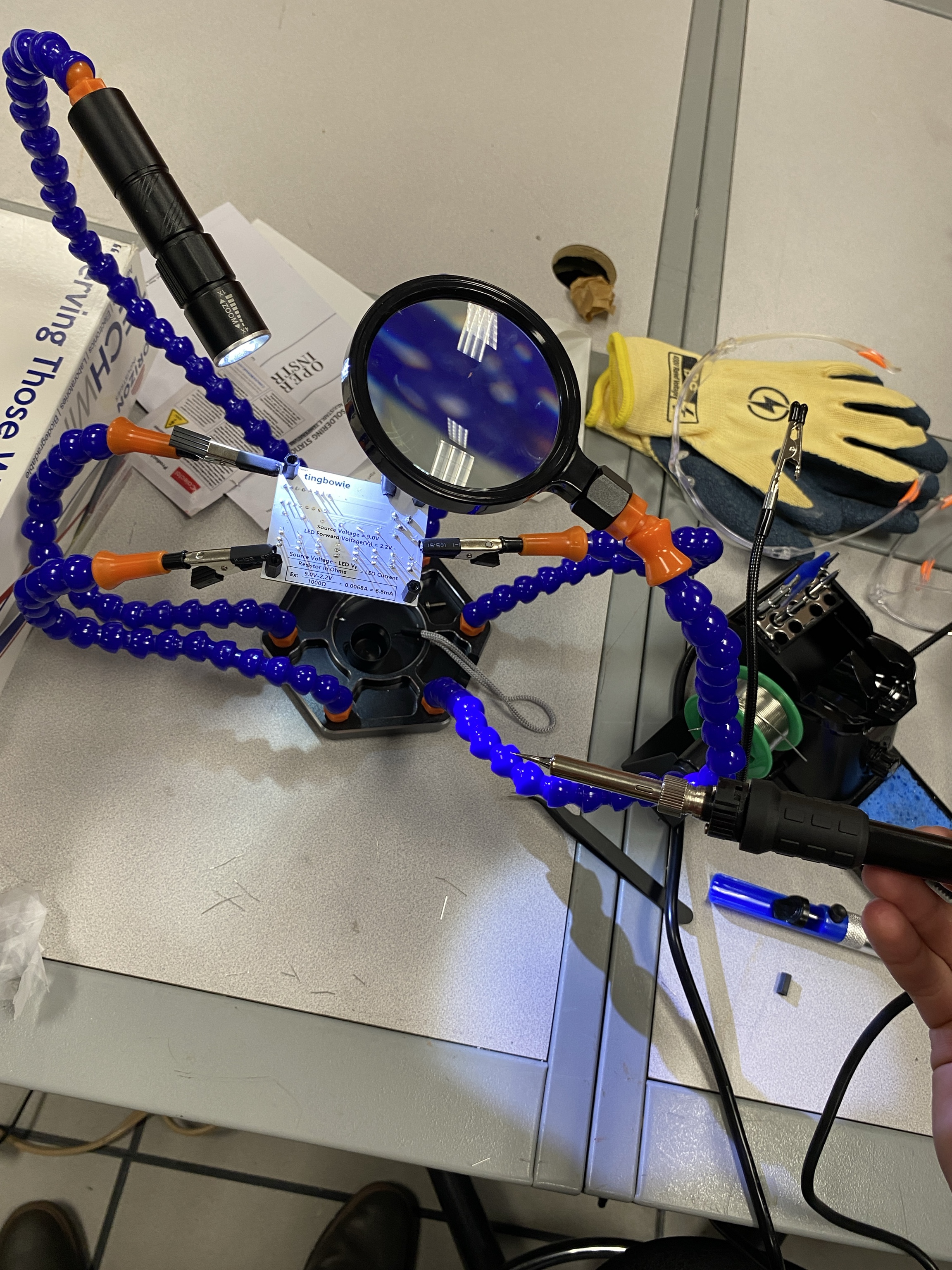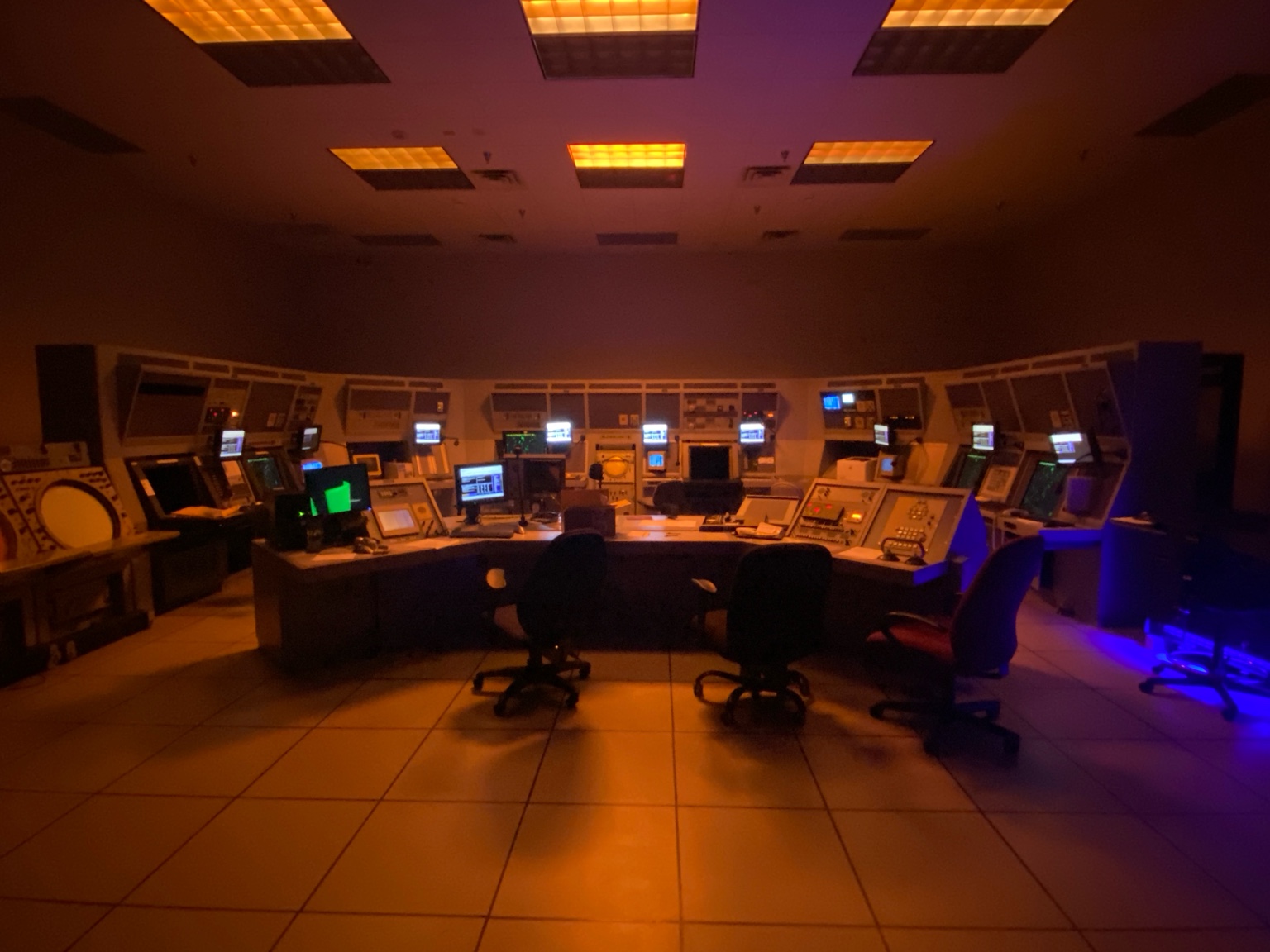Internship Overview
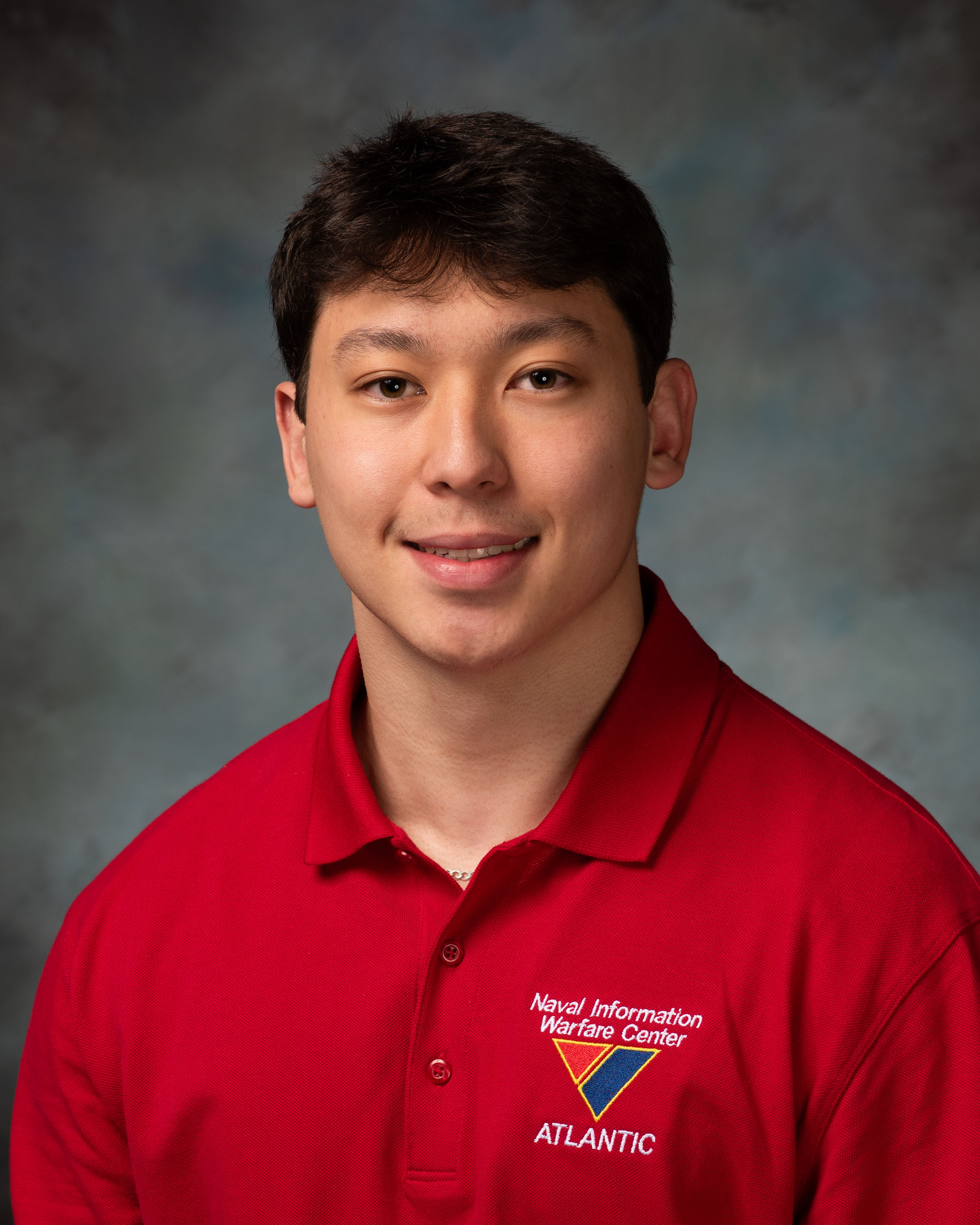
ATC at NIWC Atlantic spans multiple components—AFLCS (Airfield Lighting Control Systems), ETVS (Enhanced Terminal Voice Switch), EPROM chips, radios, METOC, Polar Program, and special projects. This summer I focused on three core streams: AFLCS lightboard restoration, ETVS + EPROM workflow, and radio tuning & documentation.
Duration & Award
NREIP is typically a 10-week internship. With lab approval, I extended to a 12-week appointment to complete and document additional ATC work.
I was also selected for the South Carolina Internship Program (SCIP) award—a University of South Carolina initiative that provides financial supplements for in-state internships in high-demand industries. It helps offset internship costs while contributing to South Carolina’s workforce.
ATC Components I Worked With
- AFLCS
- ETVS
- EPROM Chips
- Radios
- METOC
- Polar Program
- Special Projects
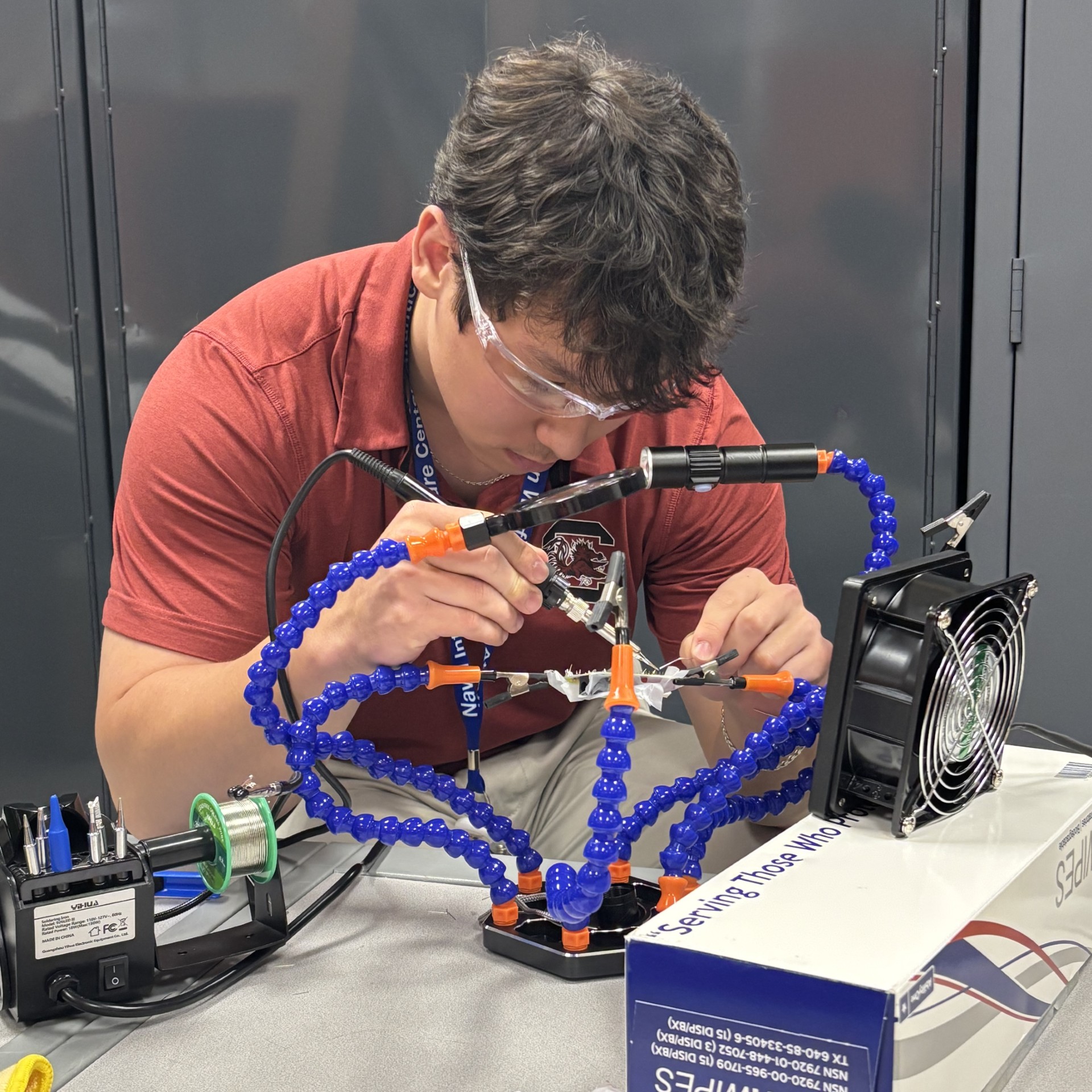
AFLCS — Airfield Lighting Control System
AFLCS manages runway/taxiway lighting states for safe aircraft movement. My main tasking was the lightboard: planning and executing a method to solder and secure all connections, then verifying behavior against expected states.
- Devised a wire-soldering and board-securement plan.
- Traced and labeled color-coded wiring; drew schematics.
- Validated transitions and fault handling with multimeter checks.
ETVS — EPROM Workflow
ETVS is the voice communications switching system used in ATC facilities. I executed the full EPROM workflow and board integration from prep to packaged delivery.
-
1
Prep & Remove Labels
Clear legacy stickers, confirm part IDs, and prep chips for erase/program cycles.
-
2
Erase (“Cook”)
UV erasure to a clean state; spot-check with reads before writing.
-
3
Program & Verify
Write firmware, verify checksums/reads, and log versions for traceability.
-
4
Relabel & Install
Accurately relabel and seat chips in the correct sockets on the ETVS board.
-
5
Package & Document
Final packaging with documentation so the next engineer can ramp Day 1.
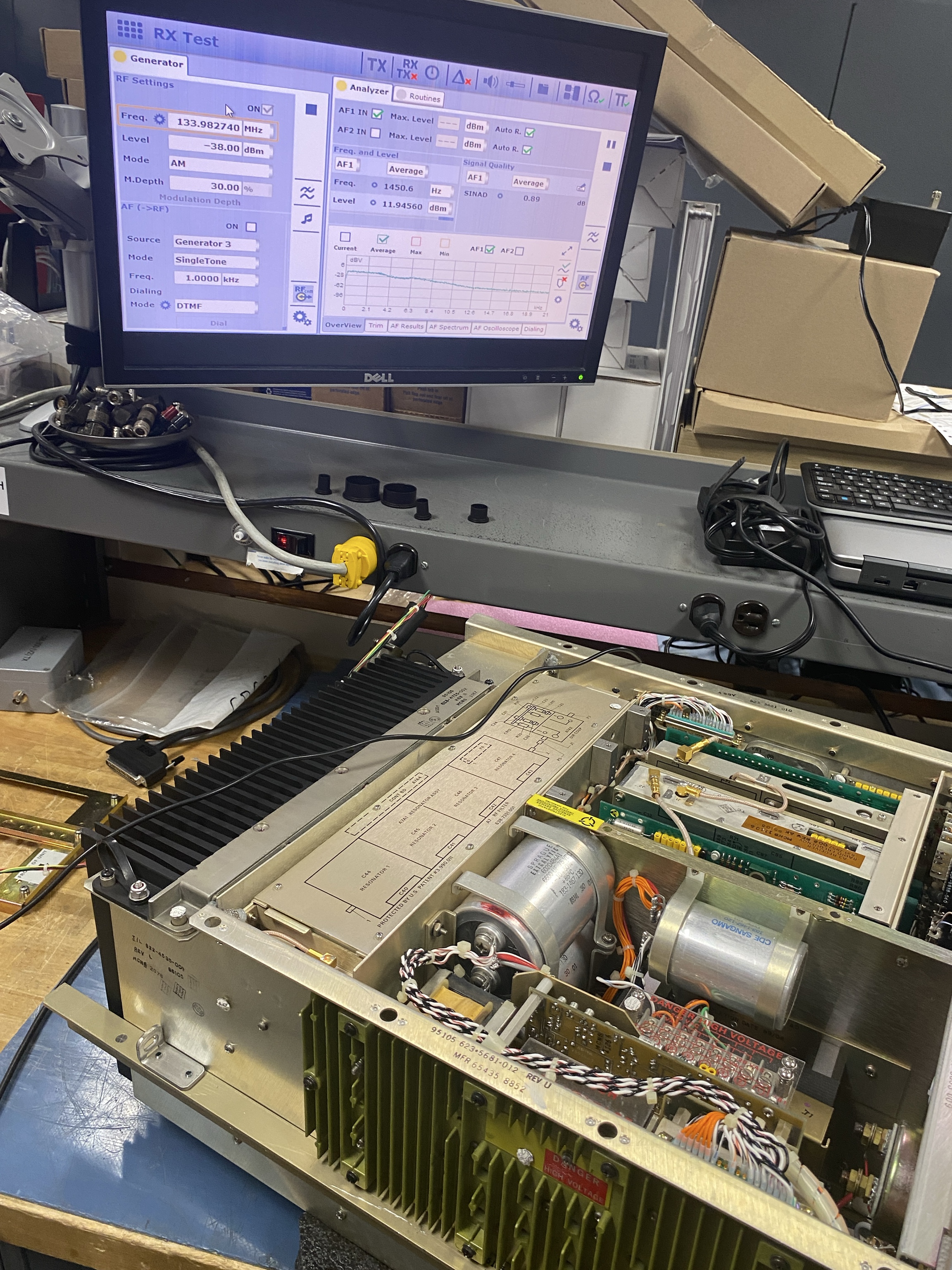
Radios — Tuning & Documentation
We tuned and documented 20+ radios using a test set to verify alignment and performance. Equipment covered:
- CM300/350 — Transmitters & Receivers
- CM200 — Receivers
- Transceivers
Procedure included alignment, recording config values, and follow-up tasks for any drift.
Takeaways & Gratitude
- End-to-end hardware workflow: planning, soldering, labeling, verification.
- ETVS + EPROM process: erase, program, validate, relabel, install, document.
- Radio alignment: procedure discipline, measurement, and traceable records.
- Documentation-first mindset so the next engineer can ramp Day 1.
- Deepened systems view of ATC (AFLCS, ETVS, radios, METOC, ops).
Image Library
A few extra shots from the internship. Click any thumbnail to view full size.
